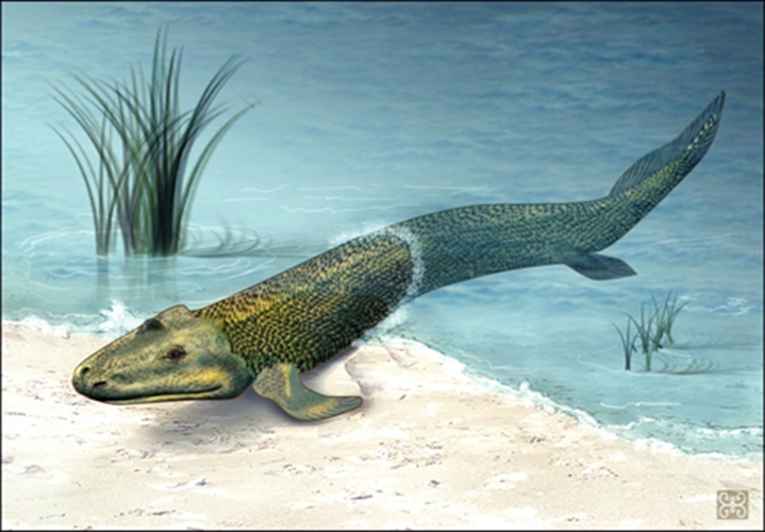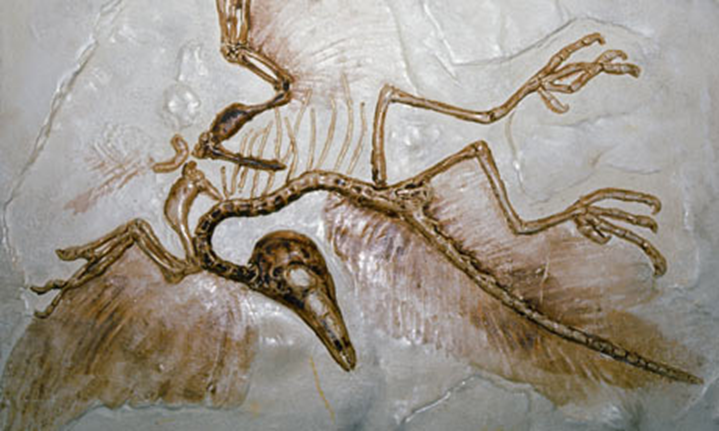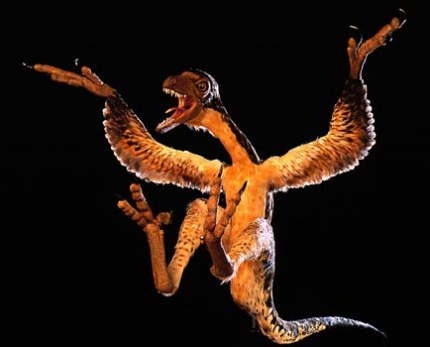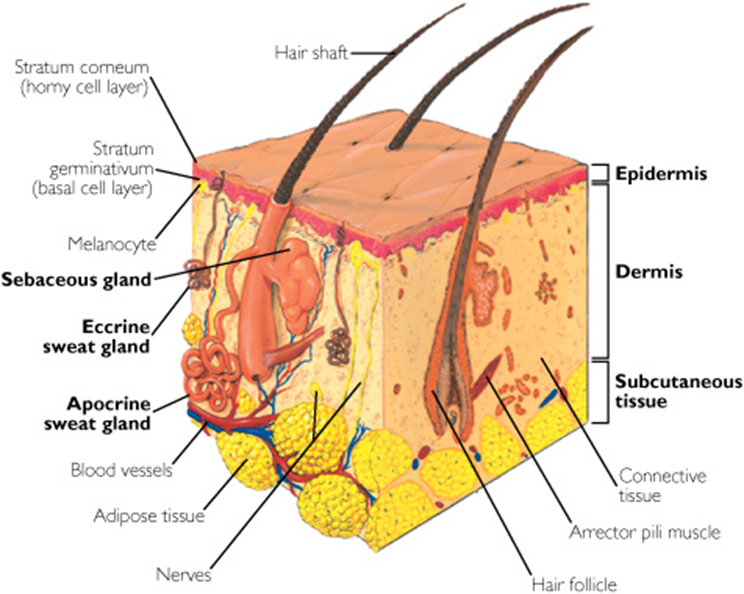Introduction
Evolution is interpreted as the progressive change or survival of the fittest. Biologists and paleontologists however now believed in a gradual change of form to a different one through modification (Erikson, 157). Darwin did not use such terms in his book “Origin of species”. He believed in natural selection. The biologist Gould had used the terms “ladder of progressive evolutionary forms”. He had visualized the sequential change of parts of the body just as man evolved from the ape. The ladder of progress was a misnomer according to Gould (Erikson, 157)
How the concept of ladder of progress took hold
This ladder tells us that evolution has produced changes favorable to the species (like climbing a ladder) and has done it progressively in small proportions. With each change needed for adaptation, the species has become better and better. Various methods have provided the evidence for this ladder of progress. The unearthing of fossils and their study, biogeography which informs us of similar species of trees and animals in various parts of the world and the reasons for such an eventuality, embryology and the study of the remaining vestigial structures in animals and human beings are some of the methods used to collect evidence of the evolutionary progress.
Donald Prothero believed that in the ladder of progress of life, new forms of animals and insects just occurred in the next generation (Wells, Evolution News). He had not believed that genetic changes or mutations in the gene governing that part of the body could be the cause of the changes. His theory was that the regulatory or Hox genes changed to produce the new forms. Prothero had ignored the development of the new science of developmental genetics (Wells, Evolution News).
Neil Shubin believed that in the very early days, there was plenty of vegetation and plants close to the ocean which had a large number of fish which grew larger and were predators for food (Shubin, WGBH). As the number of predators grew, the fish which were finding it difficult to survive decided to escape from the ocean and moved on to the land nearby. These fish developed the characteristics required to survive on land like limbs, vertebral column and development of skull with brains. Neil Shubin disliked using the term “ladder of progress”. He preferred to call it evolutionary stages. Modern biologists had compared the fin to an arm. The bones that the human being had were already seen in fish living in fresh water streams (Shubin, WGBH).
In biogeography, continental drift and taxonomy had explained the presence of similar plants in the same species in different continents (Coyne, 97). This was possible by convergent evolution. Adaptation of different animals in the same environment produced similar features. The polar bear and the snow owl were both white in correspondence with the color of snow where they live. Speciation is the process by which a common ancestor gives rise to different descendants.
Adaptation allowed some features to be changed. Geography explains biological conservation too. Islands had plants and animals which were different from the same species elsewhere due to their adaptation. These produced fragile ecosystems as they did not have competitors. Natural selection had made them defenseless. This reminds us of zoo animals. Humans were the ones who destroyed these ecosystems by burning the forests and bringing new animals and fruits into the place.
The theory of natural selection of Darwin had created widespread debate over the years but now the fact has been understood. There was randomness and lawfulness in the selection. The unwanted or unfit or unhealthy plants or animals were killed thus fitter ones were promoted (Coyne, 126). In this lawfulness, the selection weeded out the bad and kept the good. In randomness mutations did not ensure variations which were useful to the species; they were just random errors of DNA replication, some harmful and some beneficial. Current needs could not always be met. The right genetic variation in the form of mutations enabled the species to adapt and this was heritability. Everything did not happen by chance as some biologists claimed. Each stage of evolution saw a small change in trait (Coyne, 130). This evolution was usually potentially beneficial to the species.
Biologists had rarely found a step in evolution of adaptation that was not beneficial. The reproduction process also assisted evolution. Reproduction, not merely survival, was what determined the transfer of a gene into the next generation and ensured the genetic presence in the gene pool. When a person was older, the same genes could cause the production of wrinkles and enlarged prostate. We understand that natural selection also promoted reproduction. Adaptations always benefited the species involved and no other species. However the benefit part was not always true. Male lions or bonobo apes killed the offspring helping them get the females back for reproduction but the species as a whole suffered when numbers decreased.
Evolution was not always totally dependent on natural selection. It could also be defined as a change in the alleles of a population. The human being who had two copies of each gene got one from the father and one from the mother. In reproduction one of the alleles of the father united with another from the mother. This was why the child obtained features of both parents. In the process, one allele was lost. Over generations or following evolution, the proportion of various alleles differed. New mutations occurred and some genes in this random process got fixed in the population while others were lost. Genetic drift occurred. This was the “random change in the frequency of genes” (Coyne, 134).
This genetic drift usually occurred in communities which did not marry outside. Evolution was therefore a process that occurred due to natural selection and genetic drift. However genetic drift could not produce adaptation (Coyne, 135). Variations in the protein sequence of DNA or molecular evolution which did not produce harmful effects could mostly be from genetic drift. Mutations in the pseudogenes did not affect the individual (Coyne, 135). Biologists though have not ended their debate on genetic drift and natural selection.
Now artificial selection could produce new plants and animals with specific good qualities. This was breeding. Grapes that were tasty, sweet and seedless had been developed through scientific knowledge by selecting the variations from different plants. This process did not depend on adaptation but depended on the human desire to have this fruit.
Evolution through the test-tube has produced babies and cloned similar looking “mother and child” animals (Dolly and her daughter sheep). The process was allowed to happen naturally in the laboratory (Coyne, 139). Adaptive mutations had occurred in the laboratory too. Complex biochemical pathways were involved. Natural selection had caused the evolution of complex interwoven biochemical systems where each part was dependent on the other even though biologists had debated on the point. Selection also led to expression of new features by modifying the existing ones (Coyne, 140).
The use of antibiotics and specific treatment has also triggered natural selection. This has caused resistance to bacteria and viruses. Newer generations of these medicines needed to be discovered to overcome the resistant strains of bacteria and viruses like the AIDS virus. Changes caused by humans have produced changes in the environment. Natural selection in the wild was often poor (Coyne, 143).
Transitional forms could provide the evidence about evolution (Coyne, p. 36). They were those forms which occurred between two organisms different from each other. However these forms had not been identified. The microevolution was possible according to creationists but the idea of macroevolution was rejected by them. Ideas had been propagated that missing links were those forms which could give rise to two species as hypothesized. Birds had been found to have similarities to reptiles. The dinosaur was found to be the progenitor of both. Several species which had reptile-like and bird-like features had been found to have sprouted from this lineage.
Before this period 390 million years ago, fish were the only vertebrates. Fossils 375 million years old could have shown the inter-linking forms. The fossil Tiktaalik Roseae (seen on the next page) informed us about how the vertebrate amphibian came to be. It was a wonder how the lobe-finned fish came to be the amphibian. The Tiktaalik had sturdy ribs which allowed respiration and sturdy bones which were in place of the tiny bones of fish but placed in similar positions. It was adapted to live on land and swim in shallow waters. The legs constituted the leg and fin respectively. Tiktaalik could breathe atmospheric air while in shallow water but biologists found that it was not ready yet to survive on land.

The Archaeopteryx lithographica discovered in Germany was believed to be the link between the fish and the reptile (See picture on next page). The Sinornothosaurus milleni was the Chinese bird-lizard which had feathers on its body which did not help it fly (see next page). The Mei Long was a fossil which was a feathered dinosaur of small size sleeping with its head under the wings. With younger fossils more changes pointing to the evolutionary patterns of the bird breast bone were seen. Whales had ancestors who were living on the land. Fossils were evidence of evolutionary transitions (Coyne, 57). These forms had been placed between the ancestor and modern animals. The process involved a remodelling of the features in the ancestral animal into those of the new one.


Vestigial organs and behavioral traits also formed evidence of evolutionary changes or palimpsests. Molecular level palimpsests were now available with the ability to read the sequences of DNA. Palimpsests were strong evidence of evolution (Coyne, 60). The genes informed us that behaviors or anatomical features, which were found unnecessary for functioning with evolution, were usually inactivated rather than totally cut off. These could be termed dead genes (Coyne, 70). A good example was the wings of the ostrich and other flightless birds which were still remaining but not used for flying. Even the dormant genes could become active in expression when a developmental problem arises. Humans were believed to have about 2000 pseudogenes among their 30000.
As time flew even the vestiges could disappear. The Mediterranean mole rat had almost totally lost its eye as it lived underground all its life. The vestige of the eye was under a skinfold and it did not form images at all. Human vestiges included the appendix which did not seem to have any active function in the gastrointestinal system and the coccyx which reminded us of the tail our ancestors could have had. The arrector pili muscle which caused the hairs to stand up in goosebumps was another (See next page). This muscle in its well-developed form could have been used for raising the fur for insulation against the cold and threats. We can remember the cat’s “hair-raising” experiences.

Conclusion
“Fossil records, biogeography, embryology and vestigial structures” were evidences of evolution (Coyne, 242). Predictions which could be investigated in research and tested successfully in the laboratory were positive evidence of the evolutionary process. The fossils, the DNA sequences, the organs studied have all contributed to the expansive knowledge of evolution. Darwin’s ideas about natural selection had been verified and found correct by various researchers. However the debate on genetic drift and natural selection had not been ended by biologists. Adaptation occurred to the advantage of the species and never to destroy it.
Many questions remained as to how females selected their male partners. Did they look for good genes? The extent of the role of genetic drift in DNA evolution had to be still further determined. The direct line to Homo sapiens if any had yet to be found. The Cambrian “explosion of life” whereby many new animals appeared within a few years had to be investigated further for the causes. The ladder of progress informed us about the evolutionary process which had occurred over the centuries and was telling that more was to happen.
References:
Coyne, A.J. Why evolution is true. Oxford University Press. New York (2009).
Erikson, M. Science, culture and society: understanding science in the 21st century. Polity Press. Cambridge, UK (2005).
Shubin, N, and Daeschler, T. How fish came ashore. Web.
Wells, J. Donald Prothero’s Imaginary Evidence for Evolution. 2009. Web.